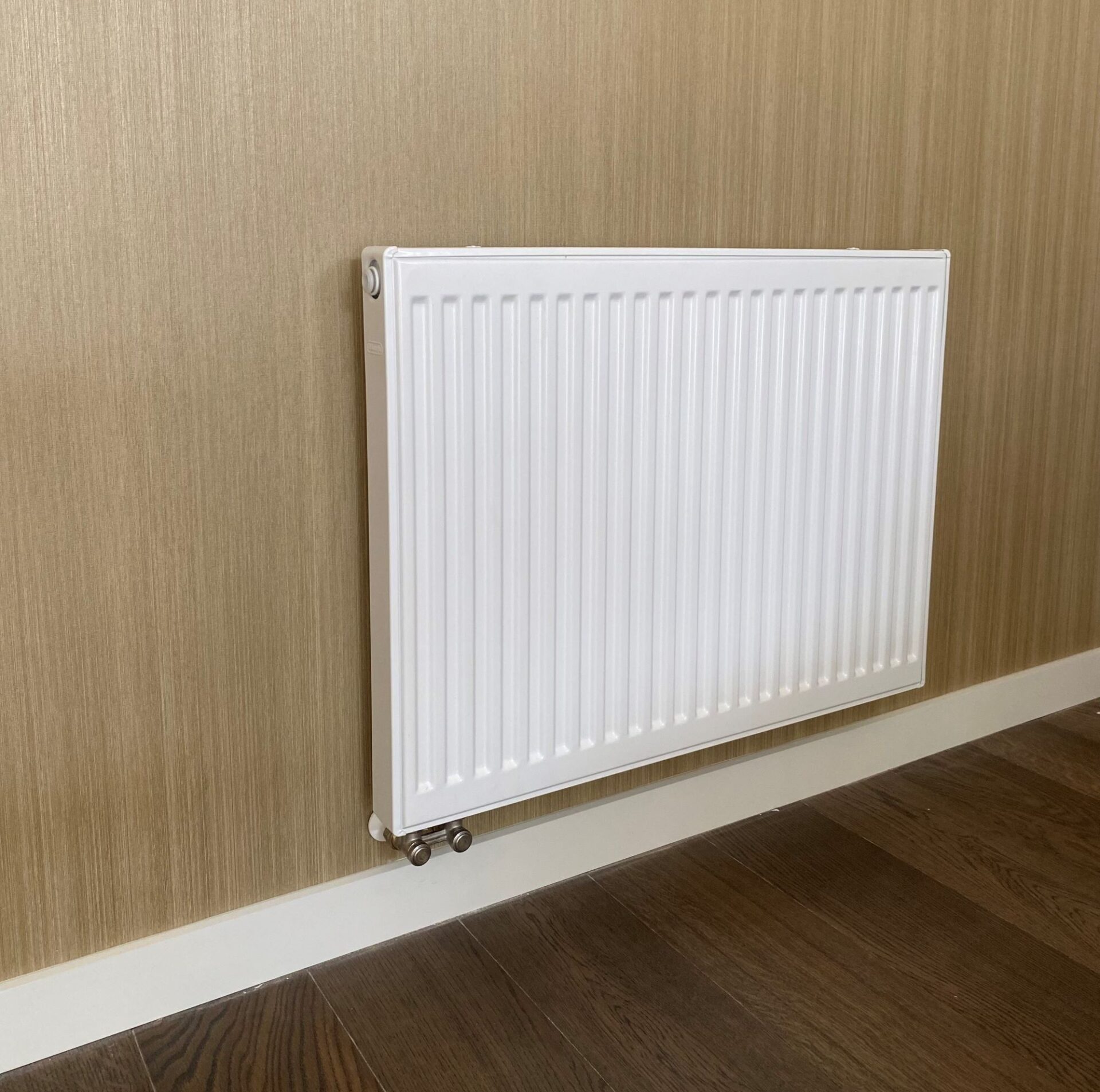Central heating is one of the most effective ways to create a warm, energy-efficient home environment, particularly in regions prone to cold and damp winters. Rather than relying on individual heaters in different rooms, central heating provides consistent warmth throughout the entire home.
This guide covers everything you need to know about central heating systems—how they work, the different options available, and how to choose the right setup for your needs.
What is Central Heating and How Does It Work?
Central heating systems function by using a single heat source—such as a gas boiler, heat pump, or hydronic system—to distribute warmth throughout a home. The heated air or water is channelled via a network of ducts, radiators, or underfloor pipes, depending on the type of system installed.
This unified approach means homeowners can enjoy consistent temperatures in every room, with the added advantage of zoning capabilities to control different areas individually. This makes it not only comfortable but also cost-efficient.
Why Central Heating is Ideal for New Zealand Homes
Many areas in New Zealand, including both urban and rural regions, experience damp and chilly winters. Traditional heating methods like portable heaters or wood burners can result in uneven heating and cold spots, particularly in older or poorly insulated homes.
Central heating helps to eliminate these issues by ensuring a balanced distribution of warmth. Additionally, it reduces condensation and moisture build-up, which can help to prevent mould and mildew—key concerns in damp-prone environments.
Common Types of Central Heating Systems
Radiator-Based Systems
Radiator systems are a popular choice due to their simplicity and speed. Hot water is heated at a central location and pumped through radiators strategically placed around the home. Radiators are easy to install, highly reliable, and come in a variety of designs to complement different interiors. Zoning capabilities allow households to heat only the rooms in use, improving energy efficiency.
Underfloor Heating
Underfloor heating involves running heated water pipes beneath the floor surface, providing a discreet and luxurious source of warmth. It is especially well-suited for tiled spaces like bathrooms and kitchens, or open-plan living areas where wall space is at a premium. While often incorporated during new builds or major renovations, it can be retrofitted in certain cases.
Ducted Heating Systems
Ducted systems circulate warm air through a network of ducts installed in the ceiling or underfloor cavities. These systems are particularly effective in larger homes and offer a high level of control through zoning and smart thermostats. Ducted heating is unobtrusive and can deliver quick, efficient heating throughout a property.

Energy Efficiency and Reducing Running Costs
Modern central heating systems are designed to be energy-efficient, especially when paired with good insulation and smart temperature controls. Features like programmable thermostats, zoned heating, and high-efficiency boilers or heat pumps allow for better control and reduced power consumption. Homeowners can often see significant savings on their energy bills compared to using multiple portable heaters.
What to Expect During Installation
Installing central heating typically begins with a professional assessment of the home, including its layout, insulation levels, and heating requirements. From there, a tailored system is designed, and installation is scheduled. Depending on the complexity of the system, most installations are completed within a few days. Good communication, detailed planning, and tidy workmanship ensure minimal disruption during the process.
Maintaining Your Heating System
Regular maintenance is essential to ensure the system operates efficiently and has a long lifespan. An annual service is recommended before winter begins, which includes pressure checks, leak inspections, system flushing, and ensuring all components are functioning correctly. Preventative maintenance can help avoid costly repairs and ensure consistent performance year after year.
Common Mistakes to Avoid
Some common pitfalls in central heating installations include choosing an undersized or oversized system, neglecting insulation, and overlooking zoning or smart control options. A well-designed heating solution should be tailored to the specific needs of the household, considering the size of the home, number of occupants, and daily routines.
How to Choose the Right System for Your Home
Selecting the right central heating system involves balancing cost, comfort, and energy efficiency. Consider factors such as:
- Home size and layout
- Type and age of the property
- Renovation vs. new build
- Occupant lifestyle and daily habits
- Budget constraints and long-term running costs
Consulting with a qualified heating specialist can help ensure the chosen system meets both present and future needs.
A Warmer, Healthier Home Awaits
Central heating not only enhances indoor comfort but also contributes to a healthier living environment and improved energy efficiency. Whether you’re building a new home, undertaking renovations, or simply seeking a more effective way to keep warm during winter, a thoughtfully selected and professionally installed central heating system can make all the difference.
